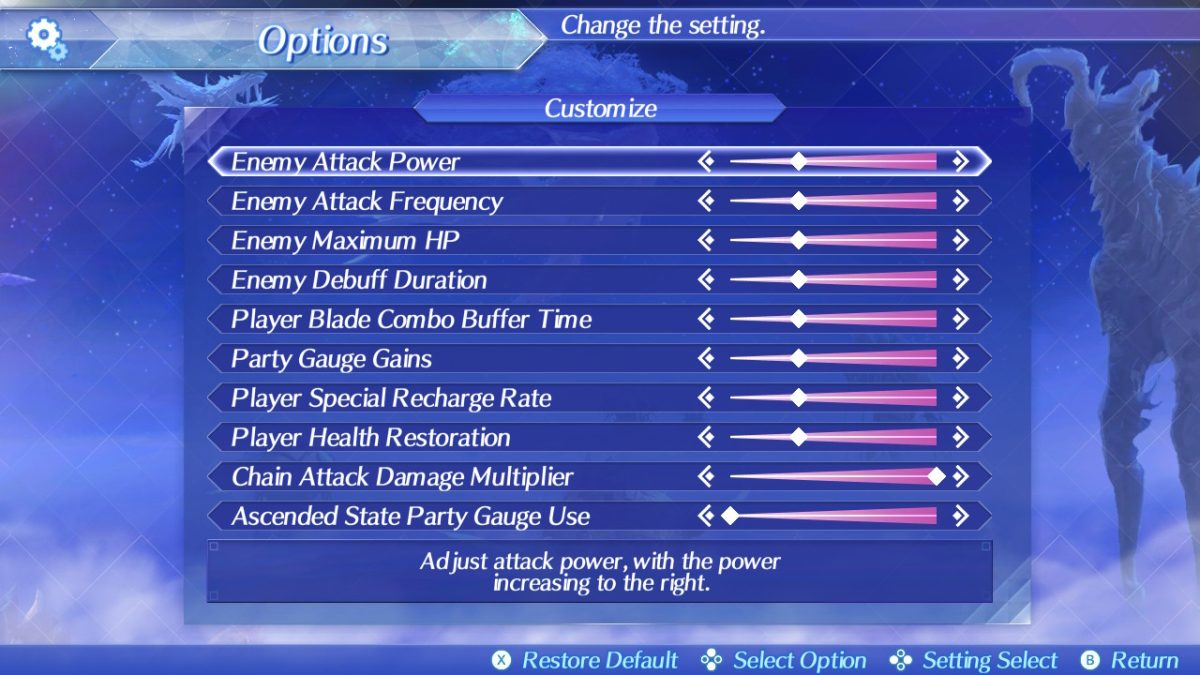It’s easy for video game developers to create a “hard” mode for their game by merely inflating the amount of health an enemy has and increasing how hard it hits the player. However, depending on the game, this is oftentimes pointless, superficial and most of all, not really what players want.
What players need, instead, is a list of options to make their gameplay experience easier or harder depending on what they want out of the playthrough.
The game “Final Fantasy XVI” does this to a degree with its “action mode” and “story mode,” in which story mode will apply several changes to the gameplay to make it easier and more accessible for players who just want to experience the story. Action mode, on the other hand, turns these accessibility features off by default and gives the player rings that allow them to pick and choose which accessibility options they want, if any.
These accessibility features include gameplay additions like stopping the action when the player is about to get hit by an enemy and giving the player a button prompt for a few seconds that allows them to dodge the attack, or allowing the player to automatically string together powerful attacks.
The next logical step is to also give the player accessories, or the ability to select options that will make the game harder in whatever way they choose.
An argument against this is that these modifications don’t really justify taking out the multiple difficulty modes entirely. Which is true, especially when the hardest mode comes with a change to the gameplay such as the “Critical Mode” in the “Kingdom Hearts” games where the player has significantly less health than in the three other modes.
However, oftentimes, easy mode is too easy, while hard mode is too difficult. We can tell those players seeking a challenge to “get good” and call it a day, but what if players don’t want to spend all day fighting the game’s mechanics to learn a particularly tough boss fight made even harder by the increased difficulty?
By letting players select what makes a hard mode difficult or easy mode accessible, video game developers can give players the ability to create challenges with the difficulty levels that best suit them.
“Dragon Quest XI” and “Xenoblade Chronicles 2” are examples of games that already do this.
When starting a new game of “Dragon Quest XI,” players can interact with its “Draconian Quests” feature. These quests are options that players can select to make the game range from slightly to significantly harder.
These options begin fairly simple, with restrictions such as preventing the player from buying items and equipment from shops, preventing the player from equipping themselves with armor, reducing experience earned from weaker enemies and causing a “game over” if the protagonist—rather than the whole party—is knocked out.
Draconian Quests can also make the game harder in silly ways. For instance, battle actions or talking to non-playable characters (NPCs) may cause the protagonist to fail by suddenly becoming shy or overly embarrassed.
Given that the idea I’ve proposed already exists, is there a need to make it more widespread?
A simple search through YouTube uncovers a multitude of videos with titles consisting of something along the lines of “Can you beat this game on the hardest difficulty using this incredibly limiting self-imposed ruleset?”
The reason being that people are unable to find enough ways to spice up a new playthrough of their favorite games using the game’s built-in hard mode or lack thereof. Thus they come up with self-imposed rules and restrictions to make the playthrough more engaging.
Many players find themselves uninterested in doing repeat playthroughs of Pokémon games without a self-imposed rule or three to make it more challenging and fun. These self-imposed rules create unique challenges that encourage players to use more diverse and unique strategies rather than simply looking at defense and attack stats.
As mentioned earlier, some games have a hard mode that merely makes enemies damage sponges. This should not be the only hard option available. In fact, customizable difficulty levels will lead to greater overall game creativity. Furthermore, different genres call for different rules, promoting variety between every game.
So many video games are now limited by their built-in hard modes. It’s time more game developers brought the industry to the next level by allowing players to manually adjust the difficulty.



